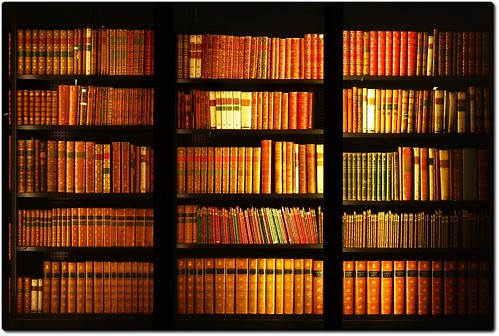In 2008 Kevin Kelly, author and former editor of Wired magazine, posted an incisive and influential essay, “1,000 True Fans.” He noted that the “long tail” in media is great for the aggregators (Google, Amazon, etc.) and the general public, but a problem for artists who weren’t stars. He wrote:
A creator, such as an artist, musician, photographer, craftsperson, performer, animator, designer, videomaker, or author – in other words, anyone producing works of art – needs to acquire only 1,000 True Fans to make a living.
A True Fan is defined as someone who will purchase anything and everything you produce. They will drive 200 miles to see you sing. They will buy the super deluxe re-issued hi-res box set of your stuff even though they have the low-res version. They have a Google Alert set for your name. They bookmark the eBay page where your out-of-print editions show up. They come to your openings. They have you sign their copies. They buy the t-shirt, and the mug, and the hat. They can’t wait till you issue your next work. They are true fans.
I’d experienced this several decades earlier, when I spent seven years playing music for a living. My band had the kinds of fans Kevin describes here. We played mostly around New England, and almost no matter where we appeared, at least a few of them would show up. They were, for us, much more than a friendly audience. They were friends and part of a community.
Later, as a journalist practicing my trade relatively early in in the digital age, I discovered something else: My readers knew more than I did. This was blindingly obvious in retrospect, if not at the time. Not only did they know things I didn’t, but they could easily let me know via online communications.
When a blog software pioneer, Dave Winer, launched one of the first blogging platforms in 1999, I jumped aboard. It became an essential part of my newspaper column at Silicon Valley’s San Jose Mercury News and the comments became a vital part of the conversations I was having with my readers.
As noted elsewhere in this e-book, I used the blog to post chapter drafts of my first book. The suggestions from readers were amazingly helpful, and the book was vastly better as a result.
Since then, our ability as authors to interact with our audiences has only grown — and I’m more convinced than ever that we need to move past the word “audience” and think about “users” and “community” in this context.
My more recent book, Mediactive, isn’t just a book. It’s also a toolkit for modern media literacy. I offer blog-based lesson plans for teachers and make everything available under a Creative Commons license to help spread my ideas on what I believe is an essential skill for the 21st Century. I also have great conversations in email, on Google+ and Twitter, and of course on my blogs, with people who want to talk about this.
Creating users and communities has meaning for an author’s bottom line as well. As crowdfunding platforms like Kickstarter and self-publishing tools of various kinds give artists ways to go around the traditional publishing industry cartel, authors can leverage their communities into support. We can reach our 1,000 fans much more easily, with less and less conversational and financial friction, than we ever could before.
A caution: Community development and management skills don’t come naturally to everyone. I failed badly at this in a digital news startup some years back and I don’t claim to be an expert now. But having a conversation isn’t a chore for me, and what I gain from it is more than worth the effort.
Where can we take conversation and community? For one thing, we can recognize that a single price point – a book’s list or street price – is an absurdly limited view of the emerging book ecosystem. Some authors are experimenting with higher-priced special editions for what we might call their 250 Super Fans who not only buy everything but are happy to spend more for a special version. Or maybe there’s a premium-priced “dinner with the author” when he or she is visiting a new city.
One more caution: Conversations and communities take time. Authors have to ask themselves how much time they can afford to divert from their most essential job: writing and re-writing. If they neglect that, the rest won’t matter.




















